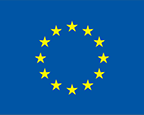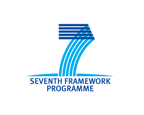Study cohort within ArcRisk

MISA – Arctic Norway
The North-Norwegian Mother-and-Child Study was carried out during 2007-09. The study initially included 515 pregnant women from Northern Norway and had the following objectives:
- Determine concentrations of contaminants in delivering women’s blood or serum samples
- Identification of exposure risk factors
- Determine dietary sources for women of reproductive age.
The Norwegian Fish and Game Study
The aim of the Norwegian Fish and Game Study (NFG) was to gain information about exposure of pollutants in the general Norwegian population (6 000 people answered a questionnaire), as well as in chosen areas (5 500 people answered a questionnaire) and among people with known high intake of food known to contain high levels of POPs (117 selected “high-consumption” people, 77 random selected people in a reference group). The study was carried out in 2000 (questionnaires) and in 2003 (questionnaire, blood and urine samples from people with high POP exposure via the food).
Human biomonitoring study (Czech Republic) 1994–2008
The Human Biomonitoring Project (CZ-HBM) started 1994 in Czech Republic. Both rural and urban areas were included. Adults, children and breast-feeding women were included in the study. Annual sampling of blood and breast milk was carried out.
INMA Study (Spain)
Five areas in Spain were included, also representing contaminated areas. The studies included 94-855 mothers and children and span from 1997 to 2006, with varying sample years between the sites. Samples from e.g. cord serum/-blood, urine, blood, nails and placenta have been taken and evaluated together with answers on dietary questionnaires.
Public health impact of long-term, low-level mixed-element exposure in susceptible population strata (PHIME)
The PHIME study includes pregnant women from Trieste, Italy (n=900), Ljubljana, Slovenia (n=584), six areas in Croatia (n=234) and selected Greek islands (n=484). The sampling campaign took place in 2008-09 and includes a questionnaire about dietary habits and samles from breast milk, urine, maternal and cord blood.





















